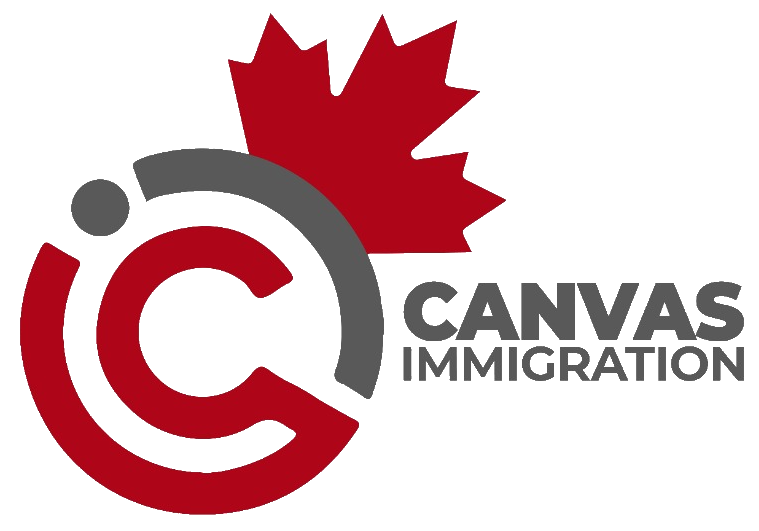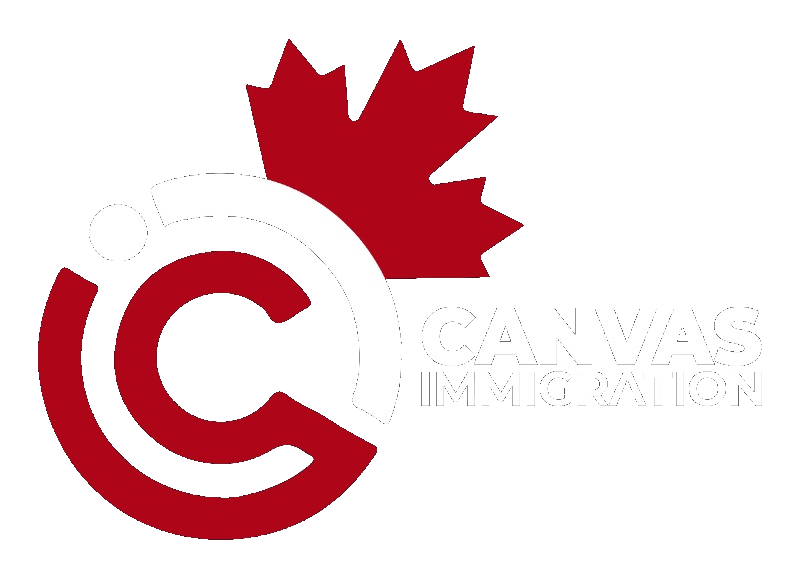Canada is scaling back on targets for admissions of permanent residents and temporary residents.
Discover if You Are Eligible for Canadian Immigration
Permanent resident targets
In the Immigration Levels Plan released on 24 Oct, the government announced the following reductions in targets for permanent resident admissions over the next three years:
2025: 395,000 – down from the 485,000 target for 2024, and the previously announced target of 500,000 in the 2024-2026 Immigration Levels Plan.
2026: 380,000 – down from the 500,000 target in the 2024-2026 Immigration Levels Plan.
2027: 365,000.
While the government is reducing immigration overall, it is increasing the proportion focused on economic immigration.
Economic immigration targets for 2025 have dropped only 17%, from 281,000 to 232,000.
Over 40% of economic immigrants are expected to come from temporary residents already within Canada.
The government has set out the following breakdown of permanent resident admissions for the next three years:
Immigration Category202520262027
Total PR admissions and ranges395,000
(367,000 – 436,000)
380,000
(352,000 – 416,000)
365,000
(338,000 – 401,000)
French-speaking admissions outside of Quebec8.5% (29,325)9.5% (31,350)10% (31,500)
Economic Immigration 232,150
(215,000 – 256,000)
229,750
(214,000 – 249,000)
225,350
(207,000 – 246,000)
Family Reunification94,500
(88,500 – 102,000)
88,000
(82,000 – 96,000)
81,000
(77,000-89,000)
Refugees, Protected Persons, Humanitarian and Compassionate, and Other68,350
(63,500 – 78,000)
62,250
(56,000 – 71,000)
58,650
(54,000 – 66,000)
In an unusual move, Prime Minister Justin Trudeau took the lead in kicking off the announcement – which is normally handled by the Immigration Minister.
Trudeau lauded Canadian immigration, saying “It’s made our economy the envy of the world.”
Both Trudeau and Miller affirmed Canada’s continued commitment to supporting immigration.
Scaling back of Provincial Nominee Programs
This year’s Plan has cut targets for Provincial Nominee Program (PNP) admissions by about 50%:
2025: 55,000 – down from last year’s targets of 110,000 for 2024 and 120,000 for 2025.
2026: 55,000 – down from the 120,000 target in last year’s Plan.
2027: 55,000.
This reduction in PNP targets represents a significant shift in immigration policy on the part of the federal government.
Increase in federal high skilled economic immigration
The federal government is devoting larger proportion of economic immigration to the federal high skilled (FHS) programs managed through Express Entry.
While the PNP targets have been cut significantly, the FHS targets have actually increased:
2025: 124,680 – up from last year’s targets of 110,770 for 2024 and 117,500 for 2025.
2026: 123,230 – up from last year’s target of 117,500 for 2026.
2027: 118,730.
To arrive at these numbers for FHS for this year’s Plan, we have summed the “Federal Economic Priorities” and “In-Canada Focus” categories from this year’s supplementary information. We have not included Federal Business. In last year’s supplementary information, the government presented FHS as a stand-alone category.
Increase in French-speakers settling outside Quebec
The federal government will continue its policy of increasing targets for admissions of French-speaking immigrants settling outside Quebec, as a percentage of overall permanent residence admissions:
2025: 8.5%.
2026: 9.5%.
2027: 10%.
Temporary resident levels
This year’s Plan also includes include targets for temporary resident admissions. In previous Plans, there were no targets for temporary residents.
The announcement on 24 Oct came after a wave of changes this year around Canada’s immigration system, particularly around temporary resident (those on a work or study permit) levels in the country. The government intends to reduce temporary resident levels as a proportion of Canada’s overall population from 7% to 5% by the end of 2026.
The government has proposed the following breakdown for admissions of temporary residents in Canada for the next three years:
Temporary Resident (TR) Category202520262027
Total TR Arrivals and Ranges673,650
(604,900 – 742,400)
516,600
(435,250 – 597,950)
543,600
(472,900 – 614,250)
Workers367,750210,700237,700
Students305,900305,900305,900
The significant decrease in workers from 2025 to 2026 is due to a large reduction in work permits allocated to the International Mobility Program (IMP), which has a target of 285,750 for 2025, and only 128,700 for 2026.
Work permits issued under the Temporary Foreign Worker Program (TFWP) are set to remain flat at 82,000 per year for the next three years.
The government expects a transition of temporary residents to permanent residents – through pathways such as Canadian Experience Class (CEC) Express Entry draws and through provincial nominee programs (PNPs) – to contribute to the overall reduction in the percentage of temporary residents from 7% of Canada’s population to 5%.
The government expects that Canada’s total population of temporary residents will decline by about 445,000 in 2025 and by another 445,000 in 2026, and will then increase by about 17,000 in 2027. The government expects this decline to result from
temporary residents being admitted as permanent residents; and
temporary residents having their status expire.
2024 cap on study permit applications
On January 22 of this year IRCC announced the first-ever cap on international student admissions, in a bid to reduce the ballooning population of foreign nationals on study permits in Canada.
Initially designed as a temporary two-year policy, this measure aimed to restrict the number of study permits issued to undergraduate and college students to 360,000 new study permits in 2024. This policy was later amended to be a permanent fixture of Canada’s international student program, expanding to also regulate study permits issued to master’s and PhD students as well.
In accordance with this change IRCC has also adjusted the eligibility criteria for Post-Graduation Work Permits (PGWPs) throughout the year. Initially, in January, the immigration department announced that international students studying programs with curriculum-licensing agreements would no longer be eligible for a PGWP, as of September of this year.
Reforms to Temporary Foreign Worker Program
Canada’s Temporary Foreign Worker Program (TFWP) has come under scrutiny lately.
In this announcement on 24 Oct, Trudeau lambasted Canadian businesses for “exploiting cheap foreign labour,” and emphasized the importance of reform.
Earlier this year, the government suspended processing of labour market impact assessments (LMIAs) for the low-wage stream of the TWFP in the region of Montreal, and soon after suspended them in census metropolitan areas (CMAs) with an unemployment rate of 6% or higher.
The government also limited the length of TFWP work permits to one year for the low-wage stream, down from the previous limit of two years.
Earlier measures to reduce numbers of study permits, PGWPs, and spousal open work permits
On 18 Sept, Miller announced changes which he expected to result in the following over the next three years:
300,000 fewer study permits;
175,000 fewer PGWPs; and
150,000 fewer spousal open work permits.
These changes included
limiting PGWPs to graduates from programs aligned with in-demand jobs, for college graduates;
imposing a language test requirement for PGWPs;
requiring master’s programs to be at least 18 months in length, for spouses of master’s students to be eligable for spousal open work permits; and
limiting spousal open work permits to spouses of workers working in in-demand jobs.
Graduates from qualifying bachelor’s, master’s, and PhD programs will continue to be eligible for PGWPs regardless of their field of study.
College graduates will require a CLB 5 to be eligible for PGWPs, while university graduates will require CLB 7.
About the Immigration Levels Plan
The Immigration Levels plan is the government’s official document for communicating its approach to immigration.
Each year’s Immigration Levels Plan includes targets for the following year, and for the two years after that. Targets for the following year are generally held firm, while targets for years two and three are provisional and subject to change.
Despite the decrease in the targeted number of new permanent residents, 2025 targets remain higher than Canada’s pre-pandemic targets.
The Plan does not include targets for all foreign nationals who may be staying in Canada for extended periods: for example, asylum seekers, or parents or grandparents staying in Canada on super visas. It also does not take into account seasonal workers.
Rationale for changes
Miller claimed that these changes represented a “middle of the road” approach, and said “we have a controlled immigration plan that we can be proud of.”
Trudeau suggested that the changes were politically motivated: “We’re focused on winning the next election,” he said.
Video of the announcement
Discover if You Are Eligible for Canadian Immigration

